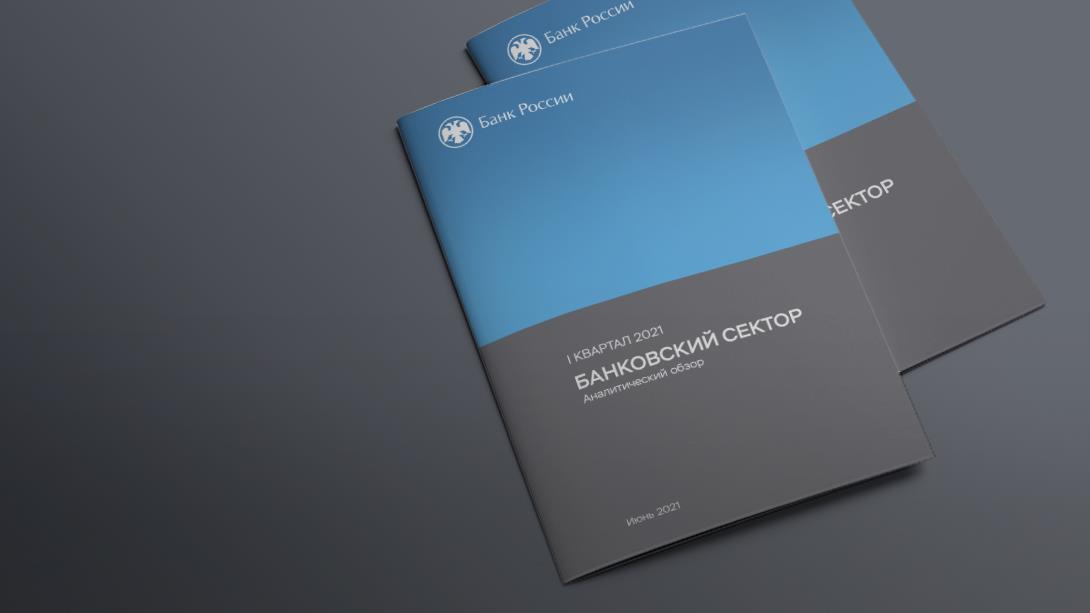Bank of Russia publishes first quarterly analytical review Banking Sector
The new review will be issued in addition to the monthly information and analytical commentary Russian Banking Sector Developments. The new publication will provide more detailed information on key developments over a quarter impacting the financial situation in the banking sector.
The analytical review presents the analysis of factors influencing banks’ financial performance and capital, movements of net interest margin and the cost of risk, and the analysis of the loan portfolio by segment with an in-depth description of its quality.
In 2021 Q1, banks expanded their loan portfolios (+1% and +4.4% in corporate and retail lending, respectively), which, coupled with lower operational and provisioning costs, was one of the reasons for a 24% rise in profit compared to 2020 Q4. In particular, banks even recorded a slight recovery of provisions for corporate loans (although such expenses generally make about 1% of the loan portfolio in annualised terms). This was owing to the decreased estimates of expected losses amid the economic rebound, early repayments, and loan assignments. Probably, provisioning costs were partially recorded directly in the capital item as an adjustment of previous years’ profit (the amount of the adjustment totalled 194 billion rubles), without being recognised in the income statement. Hence, provisioning costs in Q2 might be slightly higher.
Net interest margin in 2021 Q1 edged down by 0.1 pp to 4.2%. However, it might drop more further on due to higher interest rates since liabilities are generally revaluated slightly faster than assets. Nonetheless, this effect will still be smoothed out because approximately 40% of corporate loans are issued at floating interest rates, consumer loans are repaid rather fast, and funding costs in mortgage lending (subsidised 6.5% loans) are actually partially covered by the budget system.
2021 Q1 recorded a significant rise in budget resources (+73.6%) as a result of tax payments and the receipt of funds within federal government bond (OFZ) auctions. Contrastingly, legal entities’ funds increased moderately (+1.9%), while households’ funds dropped by 2.6%, which was mostly associated with the seasonal outflow in January.
Capital adequacy ratio N1.0 remained almost unchanged (12.6% as of the end of 2021 Q1) as the growth of risk-weighted assets was offset by the positive effect of earned profit and the placements of subordinated bonds. Nevertheless, the quality of capital improved as ratios N1.1 and N1.2 increased (+0.95 pp and +1.05 pp to 9.7% and 10.8%, respectively) after the audit of last year’s profit.

